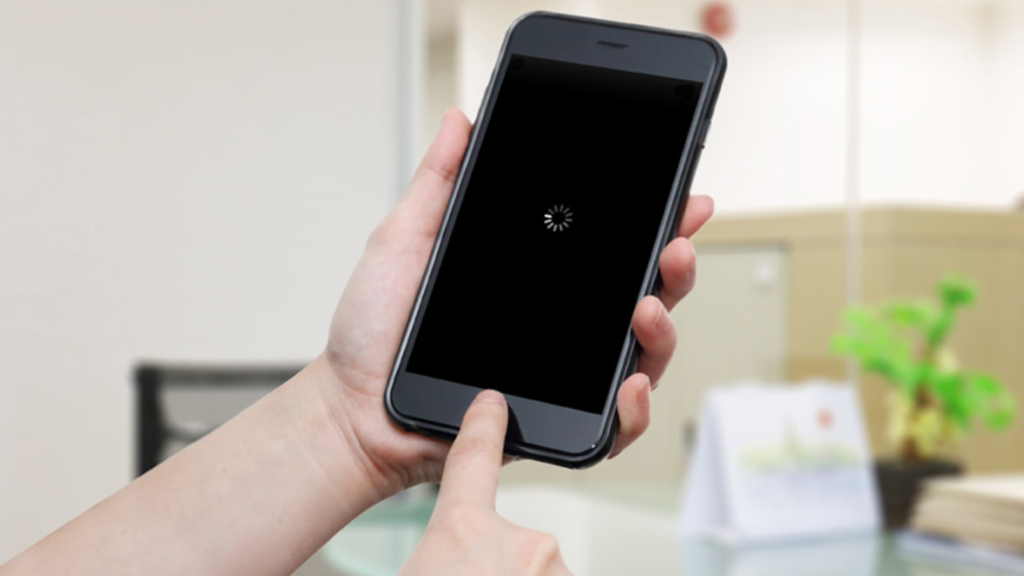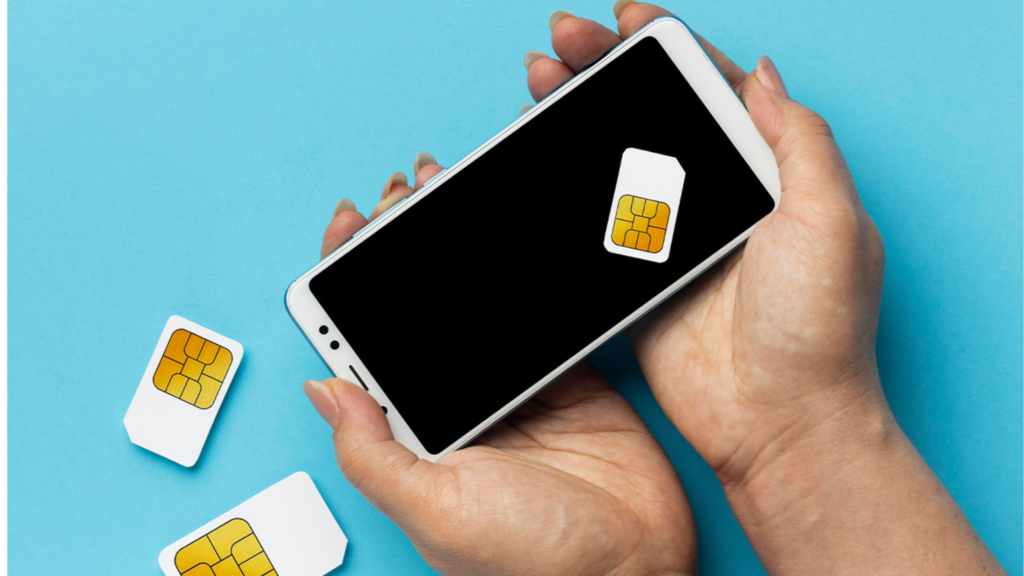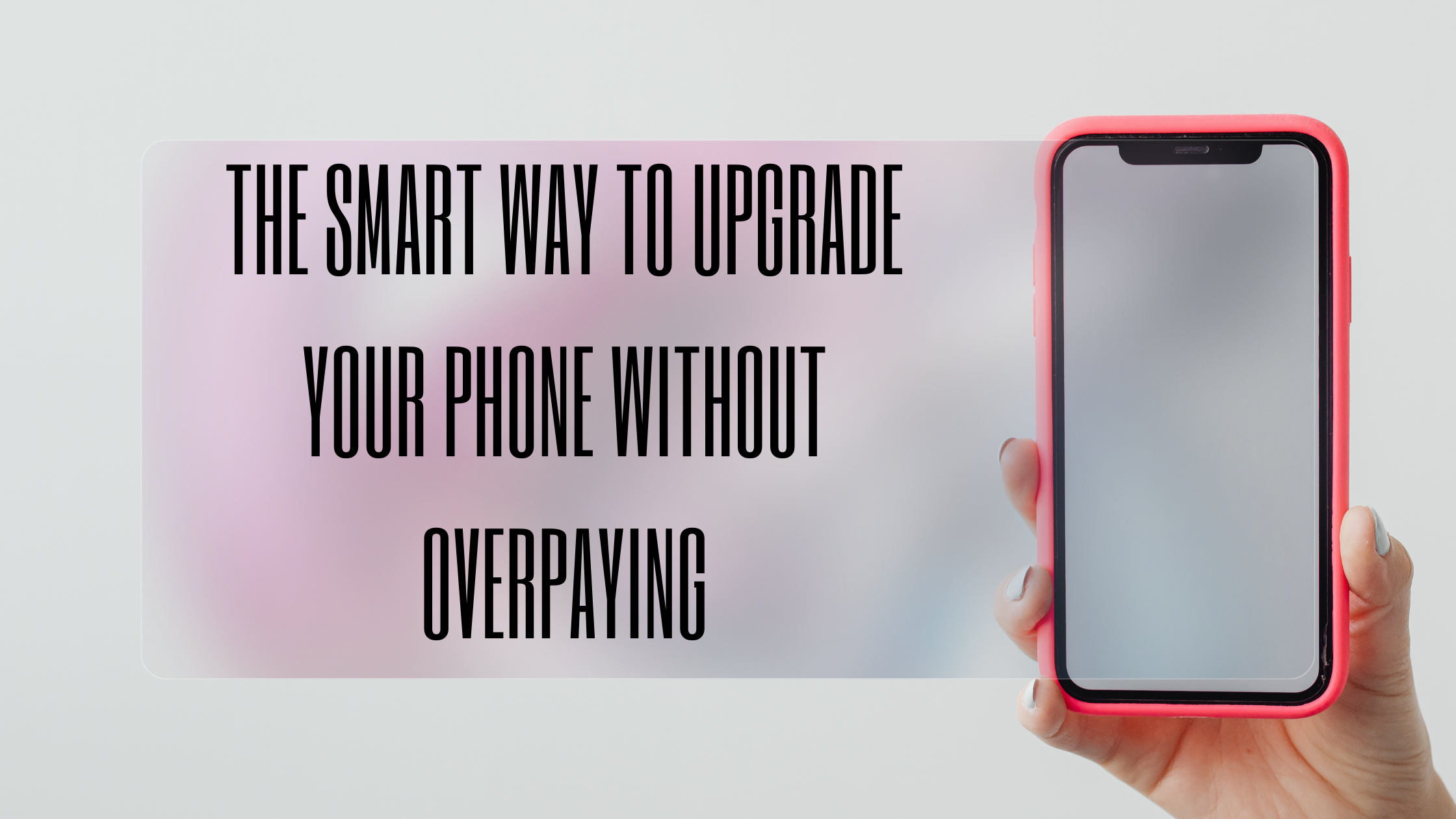Your phone’s battery barely lasts the day, apps take longer to load, and your contract is finally up—so, is it time to upgrade? Many people jump into a new phone deal without doing much research, only to find themselves locked into expensive plans or paying for features they barely use. The truth is, upgrading doesn’t have to mean overspending. With the right information and a little planning, you can find a deal that fits your lifestyle and budget—while still getting the tech you want. Here’s how to upgrade smart, skip the hidden costs, and walk away with real value.
Know When It’s Time to Upgrade
Upgrading your phone isn’t just about chasing the latest release—it’s about recognizing when your current device is holding you back. Whether it’s sluggish performance, hardware issues, or an expired contract, there are practical signs that it might be time to move on. Knowing the right moment to upgrade can save you from unnecessary costs and help you get the most value from your next deal.
Is Your Phone Slowing Down?
If your phone lags during basic tasks, frequently crashes, or barely makes it through the day on a full charge, it’s likely showing its age. While a battery replacement or software reset might help temporarily, constant issues can disrupt daily use. When the cost of repairs starts to add up—or the phone simply can’t keep pace with current apps and updates—it often makes more financial sense to consider a replacement than to keep patching it up.

End of Contract Opportunities
When your mobile contract ends, it’s the perfect time to reassess your options. You’re no longer locked into fixed payments, which means you’re free to explore better deals—without early termination fees. Many networks offer upgrade options close to the end of your term, but these offers aren’t always the most competitive. Taking the time to compare providers or even switching to a SIM-only deal can offer major savings and more flexibility moving forward.
Compare Options Before You Commit
Upgrading your phone doesn’t have to mean locking yourself into an expensive plan. With so many choices available today, comparing options can be the difference between a great deal and months of overspending. Taking time to weigh your needs—phone ownership, data usage, and budget—ensures you don’t commit to something that doesn’t work for you long-term.
SIM-Only vs Pay Monthly
The first big decision is whether to keep your current device and switch to a SIM-only plan or go for a new handset with a monthly contract. Each option has its advantages, depending on your situation.
| Option | Pros | Cons | Ideal For |
|---|---|---|---|
| SIM-Only | Lower monthly cost, flexible contracts, keep phone | No new handset included | Those with a working phone, budget focus |
| Pay Monthly | New phone included, one payment bundle | Higher cost, longer commitments, potential hidden fees | Users wanting latest phone + convenience |
If your phone is still working well, SIM-only is often the smarter financial move. But if you’re ready for a device refresh, pay monthly deals with extras (like cashback or free gifts) can still be worthwhile—just check the fine print.
Don’t Ignore Refurbished Phones
Many overlook refurbished devices, assuming they’re unreliable. But today’s certified refurbished models—especially from retailers like Mobiles.co.uk—go through thorough testing and come with warranties. They look and perform like new but come at a significantly lower cost.
You could save £100–£300 on a recent model without sacrificing performance or style. If you’re after great value and still want a premium device, a refurbished phone is one of the most overlooked but cost-effective upgrade paths available.
Avoid the Common Upgrade Traps
Upgrading your phone can feel exciting—but rushing into a deal without reading the fine print often leads to paying more than you need to. It’s easy to get caught by hidden costs or upsold on features you’ll never actually use. Taking a step back to assess what you truly need (and what you don’t) can save you hundreds over the life of your contract.
Watch Out for Hidden Fees
Some deals look great on the surface, but come loaded with extras you didn’t plan for. Common add-ons like insurance, device protection plans, or early upgrade fees can inflate your monthly cost without much added value. Before committing, ask yourself:
- Is the insurance required, or can you cover it elsewhere for less?
- Are upgrade fees clearly explained, or buried in the contract?
- Does the price include activation charges or delivery fees?
Always check what’s optional versus what’s essential—and don’t feel pressured to take extras if they don’t suit your lifestyle.
Don’t Pay for Specs You Don’t Use
It’s easy to be drawn in by flashy camera lenses or maxed-out processors—but if you’re not a mobile gamer or content creator, you likely won’t use those high-end specs. Paying top-tier prices for features you don’t need means losing money where it could have been better spent.
Instead, think about your real-world habits:
Do you mostly use your phone for browsing, messaging, and occasional photos? If so, a mid-range device may serve you just as well—and at a much lower cost. Avoid falling into flagship envy when a simpler option does everything you need, and more.
Use Price Comparison and Cashback Deals Wisely
One of the smartest ways to save when upgrading is by knowing where—and how—to shop. Many people miss out on better offers simply because they don’t take time to compare or misunderstand how cashback works. By using the right tools and paying attention to fine print, you can get more value without spending more.
Where to Find the Best Deals
Before signing any mobile contract, take a moment to compare offers across multiple retailers. Platforms like Mobiles.co.uk are built specifically for this purpose, offering real-time comparisons across networks, devices, and plans. You’ll often find:
- Exclusive online bundles that include free gifts or accessories
- Extra data offers not available in-store
- Discounted upfront costs for popular phones
These online deals are regularly updated and often more competitive than those offered directly by networks, making them ideal for value-focused shoppers.

Understand Cashback Offers
Cashback can dramatically reduce the overall cost of your plan—but only if you understand how it works. There are two main types:
- Automatic cashback is applied to your account without any action required, typically as a one-time discount or monthly credit.
- Claim-back cashback requires you to submit bills or complete forms during specific months of your contract to receive your reward.
While both options save you money, claim-back deals require attention to detail. Set reminders to submit claims on time and read the terms carefully. If you’re likely to forget, a slightly higher plan with automatic cashback might end up being the better deal in the long run.
When It Makes Sense to Stick With What You Have
Not every upgrade is a good move—especially if your current phone still works well. In some cases, holding onto your device and adjusting your plan can be far more cost-effective than rushing into a new contract. Knowing when to pause, rather than upgrade, can save you money and give you more control over your next move.
SIM-Only + Existing Phone Can Save Big
If your current phone is in good condition and does everything you need, switching to a SIM-only plan is a smart alternative. You’ll pay significantly less each month, with flexible terms that let you change or cancel as needed. It’s an ideal option for light users, budget-conscious shoppers, or those in-between major upgrades. Keeping your phone and simply changing your plan is one of the easiest ways to cut your mobile bill without sacrificing function.

Wait for Seasonal Promotions
If you’re tempted to upgrade but not in urgent need, waiting for sales events can unlock much better deals. Promotions during Black Friday, Boxing Day, or January sales often come with reduced monthly costs, free accessories, or extra data bundles. Planning ahead and timing your upgrade during these peak discount periods can help you get a premium phone without paying full price. Patience often pays off—literally.
Conclusion: Upgrade Smart, Not Expensive
The smartest upgrade isn’t always the flashiest or most expensive—it’s the one that truly fits your needs. Whether that means switching to a SIM-only plan, choosing a refurbished model, or holding out for a seasonal deal, taking time to compare your options can save you more than money—it saves regret. Don’t get swept up in hype or pressured into specs you won’t use. Instead, focus on your habits, your budget, and what makes sense for your daily life. A smart upgrade gives you the right balance of performance and value—without locking you into more than you need.




